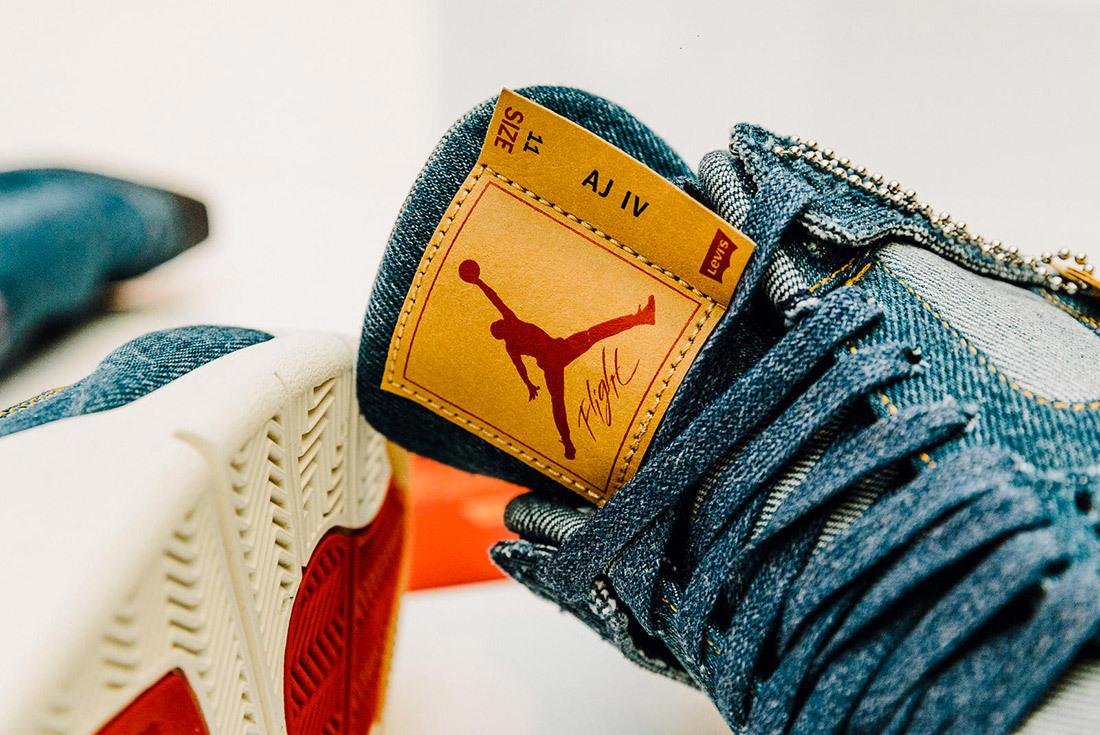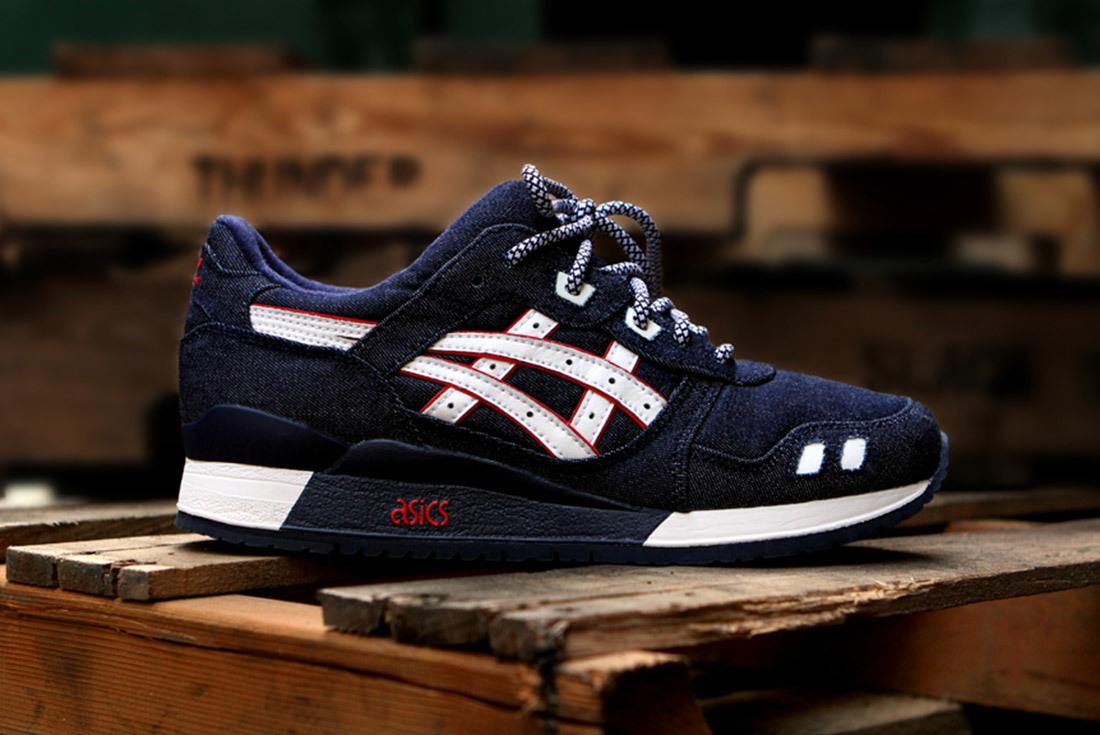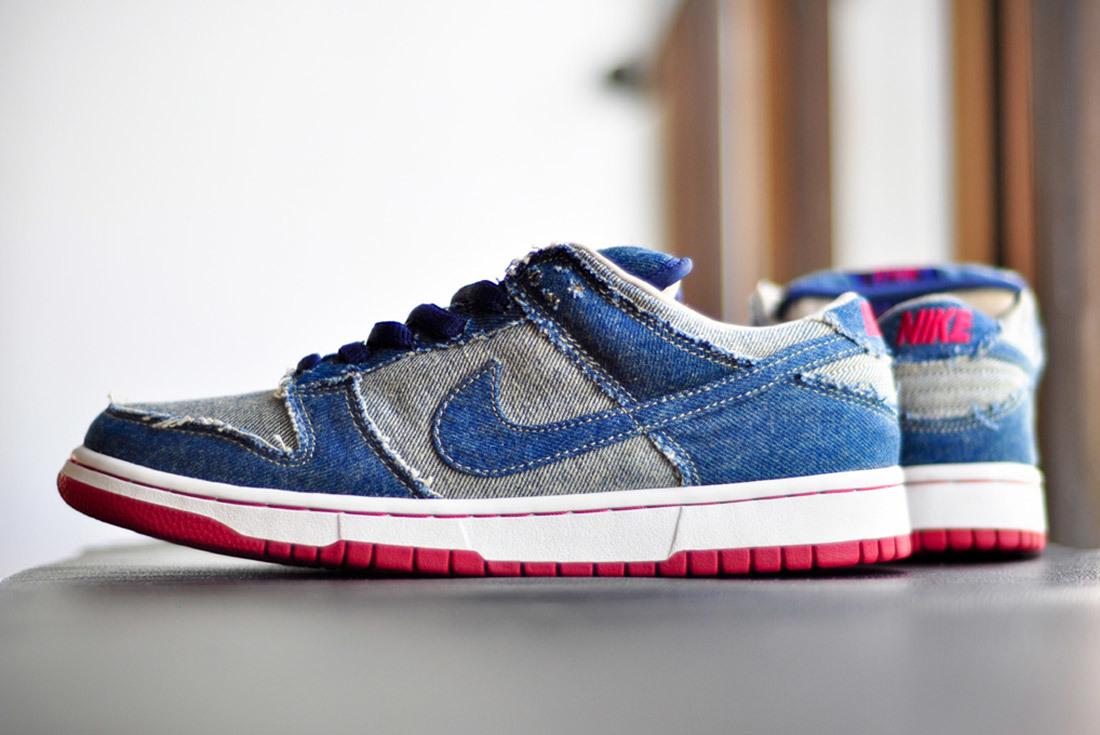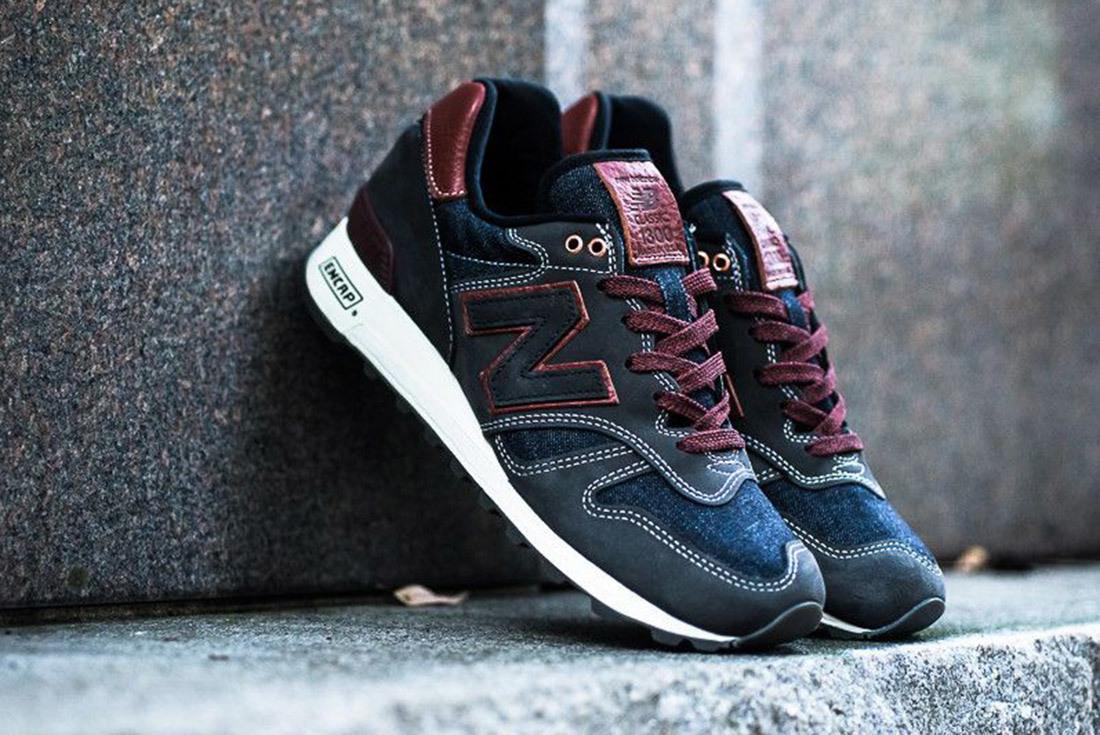Material Matters: Denim Dissected
Denim is everywhere. Not only is it one of the most common fabrics on the streets today, it may also be one of the most mythologised. As with anything that’s been talked about for so long, some of the stories are true and some of them aren’t. The woven cotton has become a common material in the sneaker world, thanks to its ubiquity in the wider fashion sphere, so it’s about time we got the story straight – what’s so amazing about denim?




